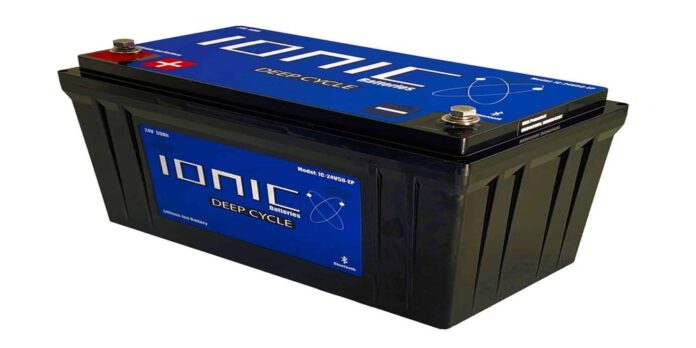Whether you’re a recreational vehicle owner or just someone who needs to run power tools, there are many things to know about 24-volt batteries. In this article, I’ll tell you everything you need to know about the 24v deep cycle battery and how to get the most out of your deep-cycle battery:
You can use your battery to power different things
In addition to the solar panel and the battery, you’ll need some form of power inverter. This is what converts the battery’s direct current (DC) into alternating current (AC), which you can plug into a wall outlet or use to run your appliances. You can also use an electric drill, saws, and other power tools compatible with a 120V/240V system. Still, if you’re looking for something smaller and more portable, there are plenty of options available, and they don’t necessarily need to be expensive! If you want something compact enough for camping trips but still powerful enough for home improvement projects, look no further than these lithium-ion batteries from Black+Decker:
You can charge your battery when you need it.
You can charge your battery when you need it. Most people think they must wait until their battery is fully discharged before charging it, but that’s not true. If you are using your deep cycle batteries for a hobby or activity that doesn’t require much power, like playing with remote control cars or quadcopters, then there’s no reason why you can’t keep the batteries topped off at all times. You can do this by connecting them up to a 24 volt charger (you’ll need two 12 volt chargers connected) and keeping them plugged in all the time.
You can replace the battery when the time comes.
If you have a 24-volt deep cycle battery, we recommend that you replace the battery when it is no longer holding a charge. You can determine if this is the case by using your multimeter on an open circuit test to see if there is any energy going to the negative or positive side of your battery. If this test shows nothing, then it’s time to replace your battery.
It’s also important to note that if you have any devices connected to your deep cycle batteries and they are not working properly, then it may be time for replacement as well. In general terms: if either one of these conditions apply—no current flowing through it (open circuit) or nothing working because of lack of power coming from it—then yes! Replace that bad boy immediately!
Things to know about 24-volt batteries
Here are some things you should know about 24-volt batteries:
- You can use one as a replacement for a 12-volt battery. In order for this to work, you will have to install a voltage regulator between them so that the 24-volt battery doesn’t overcharge and damage your vehicle’s electrical system.
- They’re used in vehicles with two 12-volt batteries installed in series (often referred to as “twin” or “dual” batteries). You’ll find these setups in older vehicles made before 1990 because they were more cost-effective than other options at that time—but these days, most modern cars and trucks use only one battery per vehicle (either 12 or 24 volts).
- When combining two six-volt batteries into one 12-volt bank of storage capacity, it’s important that both six-volt cells retain their full charge capacity before connecting them together; otherwise there could be issues with the charging efficiency and overall longevity of your new unit!
Conclusion
With these tips, you can get the most out of your 24-volt battery. This will help you to use it more efficiently and make sure that it lasts for as long as possible. So give them a try today!
















